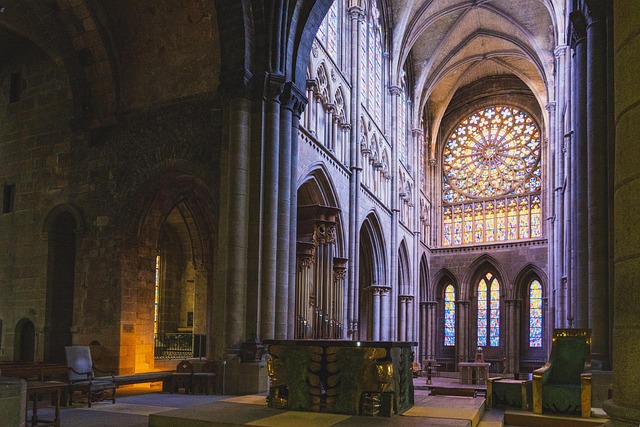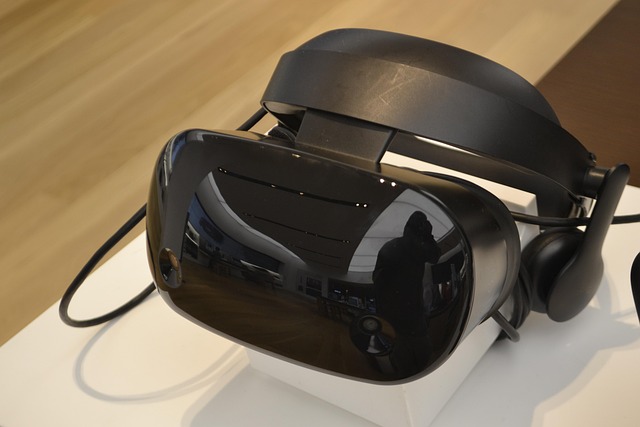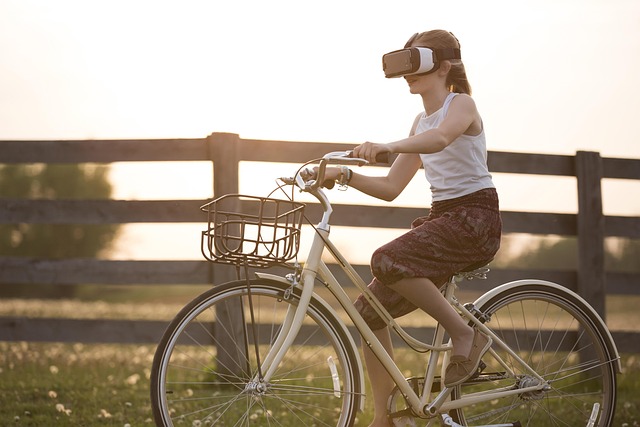In recent years, the intersection of technology and spirituality has opened new avenues for exploration, most notably through what we now refer to as the VR church. This innovative approach to worship is gaining traction within the gaming metaverse, where virtual reality (VR) and augmented reality (AR) converge to create immersive spiritual experiences. Imagine a place that combines the original intent of communal worship with the cutting-edge technology that many gamers have come to love. Welcome to the future of faith!
The rise of virtual reality has provided an engaging platform for communities to gather and share their beliefs in ways that were previously thought impossible. By stepping into a VR church, individuals are no longer limited by geographical boundaries. They can connect with others from around the globe, participate in group prayers, attend sermons, or even partake in virtual rituals while comfortably seated in their living rooms. This new dimension allows participants to transcend physical constraints, creating a global congregation that fosters unity in diversity.
Moreover, augmented reality is pushing the boundaries even further. Imagine augmenting your surroundings to include visual cues of inspiration as you engage with religious texts. As people don AR glasses, Bible passages, meditative symbols, or spiritual art can seamlessly overlay their real-world environments. This melding of the real and the digital allows for a personalized worship experience, catering to individual preferences while maintaining a sense of communal identity.
Within the gaming metaverse, varied worlds can be designed to reflect different religious beliefs, enabling users to engage with their faith in highly interactive ways. Whether attending a virtual service in a beautifully rendered cathedral, embarking on quests that align with spiritual teachings, or interacting with avatars of motivational figures, the potential for connection is vast. Users can essentially ‘level up’ their spiritual experience, making learning about faith as engaging as a popular RPG.
What’s incredibly fascinating is how many traditional churches have begun exploring options to incorporate such technology. Virtual reality sermons allow clergy to reach younger audiences more effectively, capturing the attention of those who might not step foot in a physical church. Some congregations are already using VR technology to offer ‘virtual retreats,’ where participants can engage in meditative practices and mindfulness exercises, breathing life into often-stagnant routines of worship.
As we venture further into these digital realms, discussions about the legitimacy of virtual faith arise. Questions surface regarding community, accountability, and the tactile experiences offered by traditional worship. However, while these are valid concerns, the emotional and spiritual connectivity formed in a VR church can be profound. There’s a sense of belonging that arises from shared experiences, regardless of the medium through which they are expressed. In many ways, VR facilitates a unique manifestation of faith that resonates deeply with those who embrace it.
This harmony of tech and faith presents opportunities for fostering inclusivity and acceptance. Individuals who might feel marginalized for their beliefs can find solace within the metaverse, forming bonds based on shared values without fear of judgment. Furthermore, advances in user interface design encourage individuals of all ages—including those not well-versed in technology—to join the virtual congregation, ensuring that spirituality can evolve while remaining accessible.
In this brave new world, the VR church serves as a symbol of adaptation and creativity in the face of rapid change. The fusion of gaming culture and spirituality may just represent a pivotal moment in the evolution of collective worship, shaping how future generations will seek and experience their faith. As we explore the metaverse, one thing becomes abundantly clear: faith is not just about tradition; it is a living entity, evolving with us and embracing all mediums, including the digital landscapes of today.




